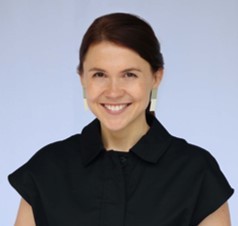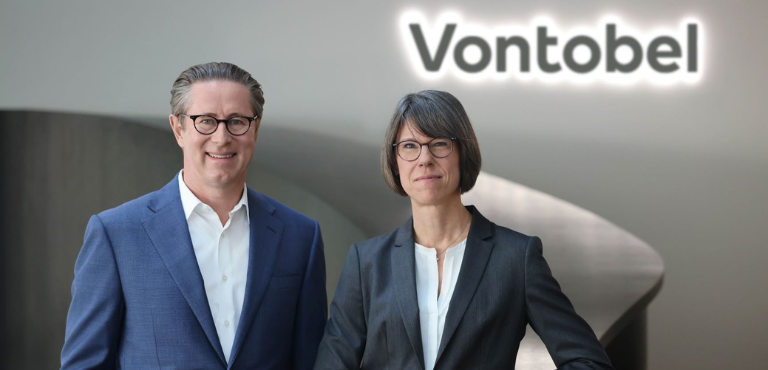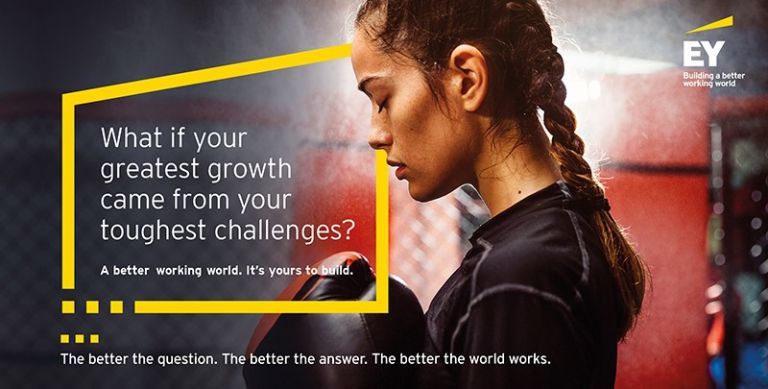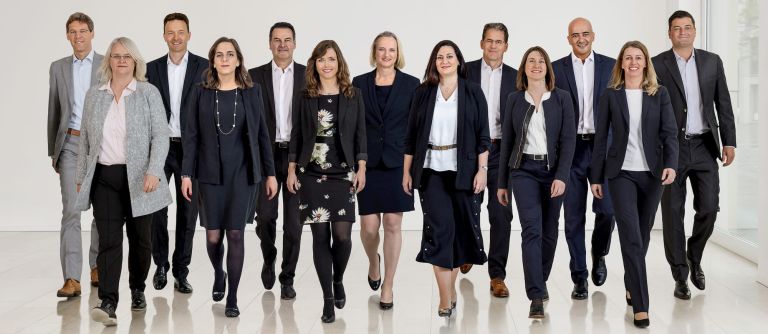How to Smash Gender Diversity Targets | Best Practice by Philip Morris Switzerland
With a female representation of 48% at management levels, at Philip Morris, we exceeded our 2022 target of 40% by the end of 2020. The journey towards greater equality started with a focus on equal salary policies and quickly snowballed into targets for hiring, promoting, and retaining diverse talents for the entire organization. The keys to success were a strong commitment from the top and changing processes at various points to shift mindsets in the long run. Read our journey towards a balanced representation in management.
This best practice was first published in the Gender Intelligence Report 2021.
Despite having an overall equal balance of men and women in Philip Morris Switzerland, gender balance at the senior levels in 2018 and 2019 was not in line with our target. Unless we rapidly changed our approach, we were not going to hit that ambitious target of 40% women at managerial levels by 2022. Even in the wake of the pandemic, 2020 was a pivotal year for PMI Switzerland, as we were recognized as the country with the best gender balance overall and the best percentage of women at managerial levels out of 36 countries in the European region.
What did we do differently to realize this change? We focused our attention on three areas: new hires, promotions and turnover. Most, importantly, we had leadership flying the flag for gender equality at every opportunity.

“Mobilize your organizations to boost gender diversity and impact your business positively!”
Dominique Leroux, Managing Director at Philip Morris Switzerland

Managing Director at Philip Morris Switzerland

Our Equal Salary policy and Certification introduced in 2015 (PMI was the first multi-national to undertake EQUAL-SALARY certification in Switzerland) opened leadership’s eyes to addressing more than just pay inequalities. Observing the need for change on the salary level prompted conversations and focused management awareness on the need to actively promote gender balance at PM Switzerland. The process of Equal Salary Certification opened the door to reviewing processes and standards from recruitment and promotions throughout the employee life cycle all the way to retaining female talent: We realised we had to hire more diversely, put a parental leave policy in place to help to keep talent after parenthood and make these changes visible firm-wide.
To present ourselves as an attractive employer to a larger potential talent pool, we invested in gender-neutral language, training for hiring managers and positioned role models visibly for candidates. Today, for all job postings, we use Textio. With the gender-neutral writing tool, we aim for a score above 80% whereby we trust in the power of technology to encourage more women to apply for roles at PMI. In addition, we have implemented diverse interview panels to make it clear from the start that female role models are here to inspire at PMI. In 2020, 60% of candidates had a diverse interview panel and we strive for more. Another step to changing not just ‘who we hire’ but also ‘how we think’ was the introduction of training sessions for hiring managers on how to create diverse interview panels and on understanding Unconscious Biases.

“In my own journey to become a better person, having exposure to wonderful diversity in a work environment helps me be more understanding and compassionate.”
Byron Reid, Demand Planner Customer Services, Philip Morris Switzerland
Promotions and upgrades are linked to performance. To ensure this, each talent owns a development plan and receives support from their supervisors and the People & Culture Team to advance through their career. Through internal mentors and external coaches, we are ensuring PMI Switzerland’s talent pipeline is nurtured. Most importantly we have clear criteria for promotions reducing the incidence of bias, unconscious or otherwise, which research tells us is a barrier to women’s promotions. A mutual agreement on what it means to perform is established by measuring the ‘what and the how’ with evidence-based feedback from supervisors, peers and colleagues across functions. It’s not surprising therefore that women are being promoted successfully.
At PMI we found what research has long suggested: Many women return to work part-time or quit after maternity leave due to a lack of societal and corporate support mechanisms. To retain our talent, we decided to focus on fixing processes and habits that allow the gender gap. We strongly believe: Gender equality is not a women’s issue after all. Thus, we considered both primary caregivers as well as secondary caregivers by offering shared leaves. PMI’s new minimum principles provide primary caregivers with a minimum of 18 weeks of fully paid parental leave and secondary caregivers with a maximum of 8 weeks fully paid parental leave, which gives the primary carer more options to return to work. These policies are inclusive: they apply to all employees regardless of gender or sexual orientation, or whether employees become parents through birth, adoption or surrogacy. We believe that as more employees go through the process of taking leaves, we better understand the needs of parents now and in the future.
In 2020, we reached a female representation in management of 48%, smashing our target of 40% and representing an increase of 10.3 percentage points compared to the previous year.

We present the results and action plan of both the Employee Opinion Survey and the Equal Salary Certification results in monthly webcasts with the whole organization. Fully committed to gender equality and ingrained as part of their agenda, the management team themselves present these results to their employees. We treasure diversity of all sorts: diversity of thought, gender, generation, and others. We have on average 30 nationalities in the Swiss team. Our Employee Opinion Survey 2020 shows that 82% of our employees believe that their line manager listens to and values different points of view. We leverage on this strength to continue building a diverse organization.

“What I love in PMSA is the diversity of opinions, backgrounds and experiences that we don’t hesitate to express. We primarily work in cross-functional projects which requires strong collaboration and allows every voice to be heard. In my view, this is what helps to foster the strong sense of belonging and drive to reach our common goal.”
Maija Melinovska, Head of Consumer Programs, Philip Morris Switzerland
To have an exchange on smashing diversity targets you are welcome to contact Adriana Carrillo, Head of People and Culture at Philip Morris Switzerland at adriana.carrillo@pmi.com.
This Best Practice was first published in the Gender Intelligence Report 2021.


If CEOs are value-driven they make Diversity, Equity, and Inclusion a strategic focus area. By trusting and supporting their leaders to authentically champion these initiatives, the organization is able to foster a positive culture, improve performance, and achieve success.
When leaders are empowered to pursue their beliefs and values, they can lead with authenticity, integrity, and purpose, resulting in positive impacts on the organization.

Vontobel's new co-CEOs prioritize collaboration and diversity, implementing "One Vontobel" model to break silos. Their inclusive approach fosters innovation, diverse perspectives, and better outcomes in the fast-paced financial market.

An honest assessment of what a 'leader' looks like challenges the status quo and creates the climate for women to thrive.

A deep dive into the male and female perceptions of gender equality at work leads to open dialogue, higher engagement and critically: changing the appraisal process.

Change doesn’t happen overnight but by integrating top & grassroots initiatives @Citi successfully builds an inclusive culture.

Leaders insisting on pay equity and undertaking serious independent analyses builds trust and a culture of inclusion.
"NextWave” holds leaders accountable for creating and embedding an inclusive culture.

The CEO and senior leaders publicly advocate diversity and inclusion as business imperative.